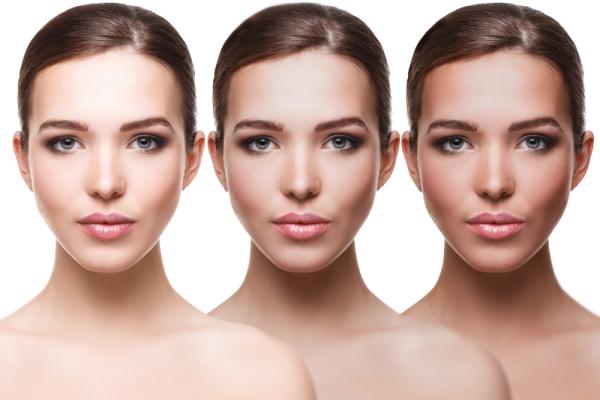It's kind of ironic that tans used to be associated with being poor — with having to work outdoors. But more recently, tans are associated more with having the leisure to loll around the pool or beach and acquire that golden girl (or boy) patina.
It's long been understood that people with light skin who don't tan easily are at greater risk of developing UV-induced skin cancer. This is true whether the UV radiation comes from the sun or UV lamps such as those in tanning beds. Such tanning, while it may look healthy, basically means that exposure to UV light has occurred. Some folks have tried to acquire the healthful glow of a tan by the use of various sprays that provide color, but not the protection that melanin can offer.
Forget the spray tans and tanning beds. Scientists are working, with some degree of success, on an innovative way to get that healthy-looking tan without upping the risk of skin cancer. Dr. David E. Fisher from the Harvard Medical School and collaborators have come up with a way to get skin cells to produce the melanin — the dark pigment in skin and hair — that helps protect skin from the damaging effect of ultraviolet (UV) radiation from the sun.
Working with mice genetically modified to have skin similar to that of human redheads ("redhaired" mice), these investigators came up with a means of inducing them to make more than their usual complement of melanin, using forskolin. Although this was successful in mice, they found that the forskolin couldn't penetrate human skin, and so wouldn't be useful to increase melanin production in people.
However, using small molecule inhibitors of an enzyme called salt-inducible kinase (SIK), they showed that the production of microphthalmia-associated transcription factor or MITF was increased. MITF, in turn, increased the production of melanin in human skin. And these inhibitors could penetrate human skin and thus would be a potentially effective means of increasing melanin production.
While these data are encouraging, more work must be done to establish the safety and efficacy of this system in fair-skinned humans. Still, this work opens a new means of protection against the carcinogenic effects of UV radiation.




